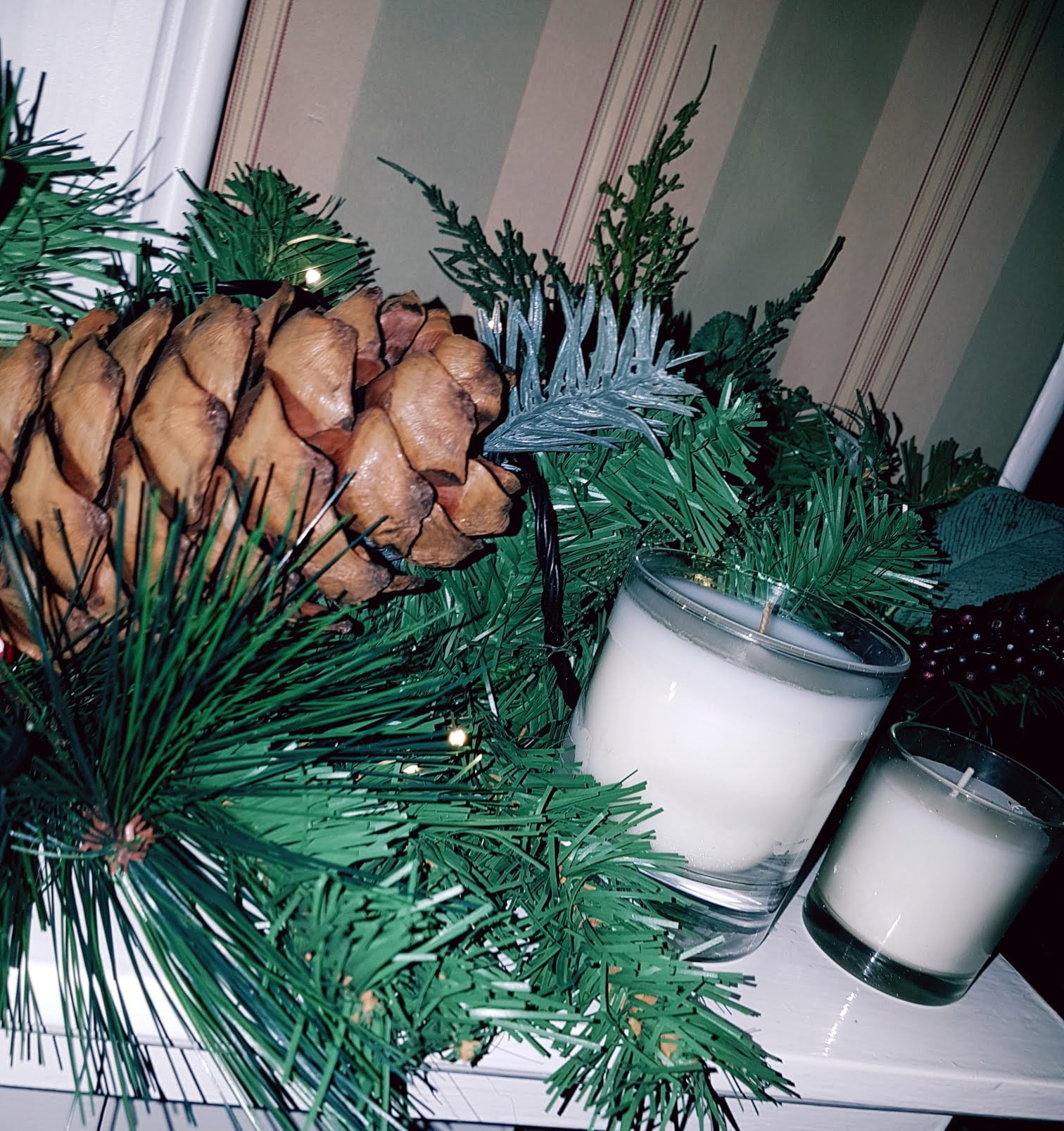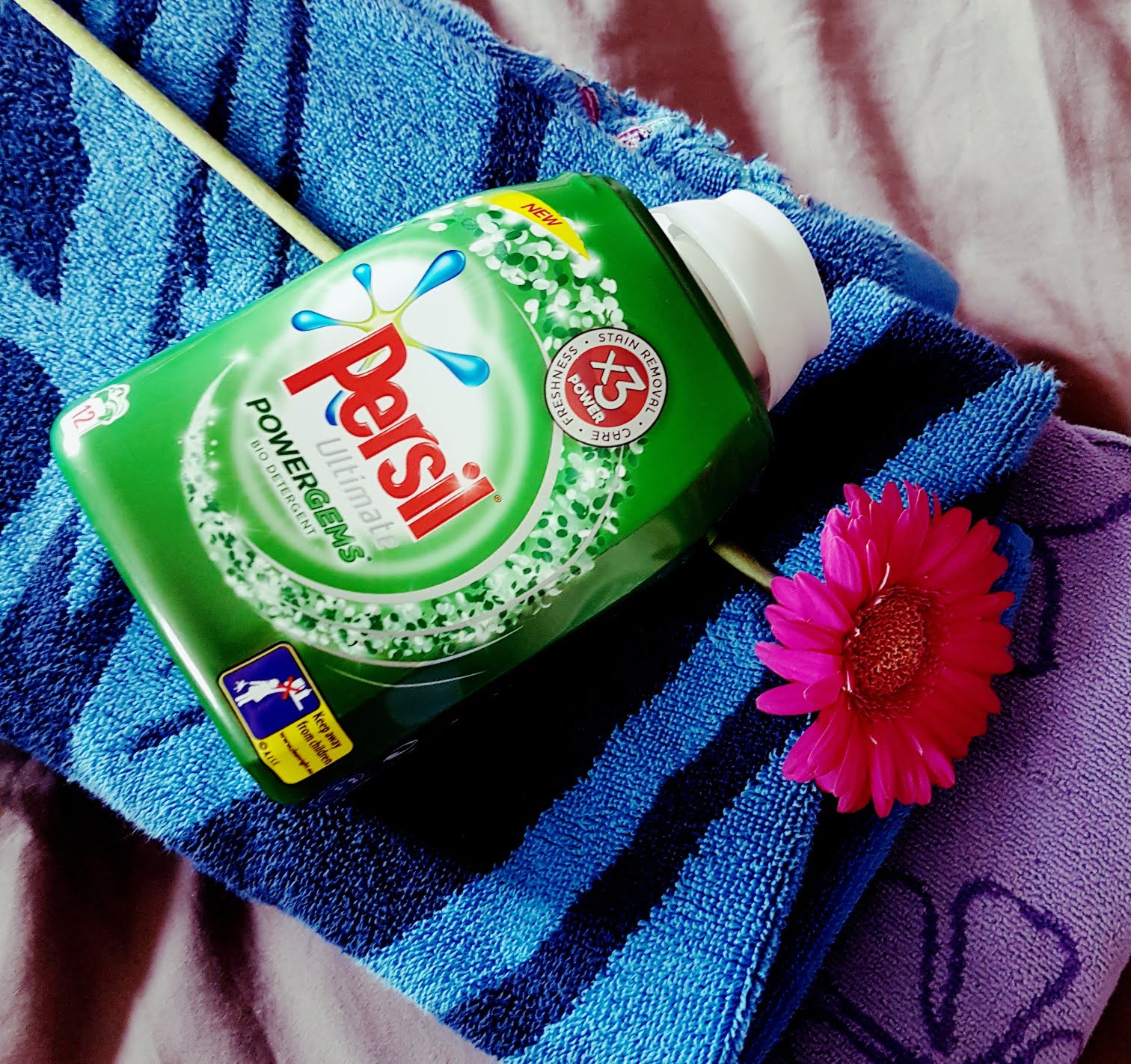By Dr Tom York, NHS-registered and private GP for GPDQ, the UK’s first doctor-on-demand app
As a doctor, I’m acutely aware of the variety and frequency of accidents which can happen to children, even at home. Every year, more than two million children under the age of 15 will see a doctor following an accident at home. The general chaos of the Christmas holidays can create a range of hazards and consequently injury rates over this period often increase.
My son turns one this month so he’s at the age where everything needs to be explored, tasted, pulled apart and played with. His ability to interact with the world around him seems to change on a daily basis and keeping alert of the new ways in which he could harm himself is a constant challenge.
It’s important to know both how you can protect your children against potential hazards and how to respond should an accident occur. Here are the most common hazards that happen at home, and my recommendations for keeping your little ones safe over the Christmas period:
Choking
In the UK, about one child a month dies from choking. Around Christmas time there’s likely to be a variety of new tasty and colourful items around the house to tempt your tiny gastronomic explorers. Stray sweets, nuts and fruit as well as decorations, small cracker toys and plastic packaging could find themselves within arm’s reach and pose a hazard for adventurous toddlers. Batteries can be especially problematic as aside from choking, they can also cause chemical burns in the throat when saliva creates an electrical current.
How to respond: Every parent should arm themselves with the knowledge of what to do if their child is choking. If your child starts coughing and you can see something in their mouth, try and remove it. It you can’t, encourage them to continue coughing until it comes out. If the coughing is ineffective or breathing stops, you’ll need to use a combination of back blows and chest or abdominal thrusts depending on their age.
Head injuries
Falls account for 44 percent of all household injuries amongst children. My son probably bumps his head at least once a day whilst navigating around furniture but a quick cuddle is usually the only treatment necessary. The worst injuries occur from falls from height or from pulling over heavy objects. Toppling Christmas trees, heavy stacked presents or unsupervised stair climbing can all result in head injuries which may require medical treatment.
How to respond: If your child suffers a head injury, you must see a doctor urgently if your child; has any loss of consciousness, vomits more than once, is difficult to console, is difficult to wake up or is behaving abnormally e.g. not walking or talking as usual. These symptoms could indicate an injury to the brain and require prompt assessment by a doctor. See this useful guide for more information.
Burns and scolds
During the dark, cold Christmas period, it’s likely you’ll have radiators turned on, open fires, candles burning, hot drinks being made and food being cooked on the stove. Burns and scolds are very common in children, yet they should be easy to prevent. You should use fire and radiator guards, keep anything hot on a high surface out of a child’s reach and avoid allowing them in the kitchen when cooking. An infant’s skin is much more sensitive than that of an adult’s and heat injuries can cause permanent scarring. I’ve personally known a child to die from a wound infection following a nasty burn so preventing these injuries is not something to be taken lightly.
How to respond: If your child suffers a heat-related injury, the first thing to do after removing the heat source is to run the skin under cool (but not cold) water for 20 minutes. Put clingfilm on the skin to help retain moisture and prevent infection. If the area of skin affected is larger than the child’s palm, appears white or charred or causes blisters, it’s best to go to hospital. Otherwise call a GP for advice.
Trapped fingers
Children sustain roughly 30,000 finger injuries from doors per year and 5 percent of these require surgery. The home environment is full of doors, draws, boxes, hinges and heavy objects which can trap and squash exploring little hands. With family and friends filling the house at Christmas, the usual precautions to protect children can be overlooked and someone helpfully closing of a door can cause serious injury to a tiny finger. The best way to prevent this is by fitting C-shaped foam protectors to doors and child locks to draws and cupboards.
How to respond: If a finger injury does occur, the immediate treatment is to control any bleeding with firm pressure and to elevate the hand. After the bleeding has stopped you’ll need to assess the injury and consider if you need to go to A&E. An obvious irregular angle to the finger, blood under the nail, a large amount of swelling or a deep cut will require an x-ray to see if there’s a fracture or dislocation. If you decide that A&E is unnecessary, it’s important to monitor your child for signs of fever, spreading redness or swelling around the finger and to ensure normal use of the finger and hand resumes after a few days. If in doubt, speak to a GP. Damage to fingers can result in lifelong disability and early treatment can avoid long term problems.
Poisoning
There are more than 28,000 cases of children requiring treatment for poisoning per year. Christmas time may bring additional dangers; such as a relative’s medication lying around, cleaning products such as dishwasher tablets that can look like sweets, Christmas gifts such as cosmetics and colourful alcoholic drinks.
How to respond: Keeping these things out of reach is essential, but if you witness a child ingesting something harmful, the first thing to do is to encourage them to spit it out. You might not see your child drinking something dangerous, but instead notice the symptoms such as vomiting, agitation, difficulty breathing, seizures or drowsiness. If you think a child has eaten something poisonous, try and find out what has been consumed, how much of it and at what time. The more information you can provide, the more accurate the advice that can be given when you speak to a doctor. However, if the information is hard to come by, don’t delay in seeking medical assistance.
Christmas is a time for fun and relaxation. Extra safety precautions and parental vigilance is the best way to avoid an accident spoiling the festive period, not to mention your child’s well-being. However, if an accident does occur, you can always call GPDQ who will arrange for an experienced GP to visit you at home and help restore the merriment to your celebrations.




